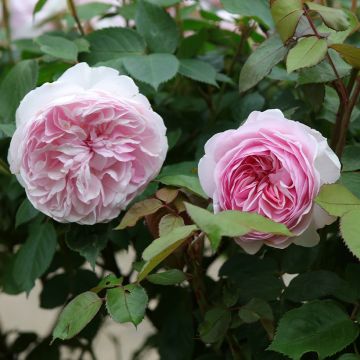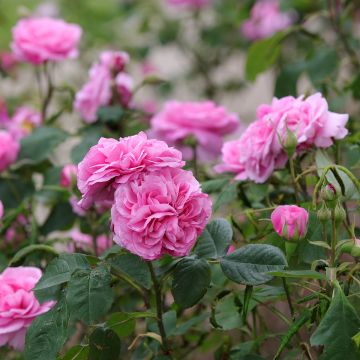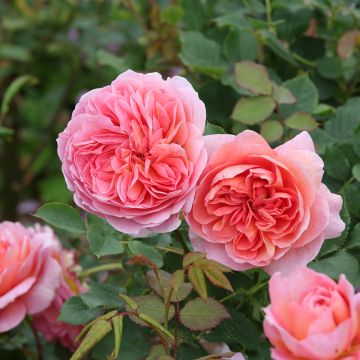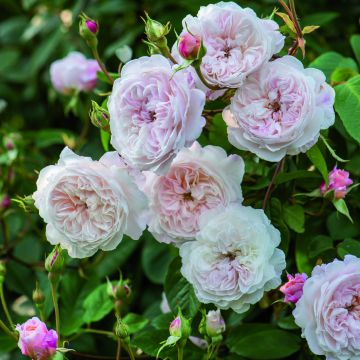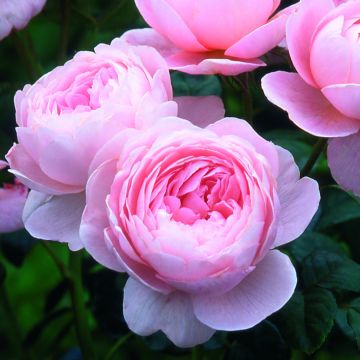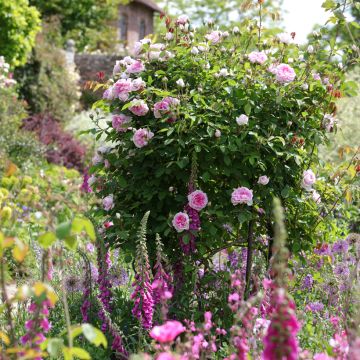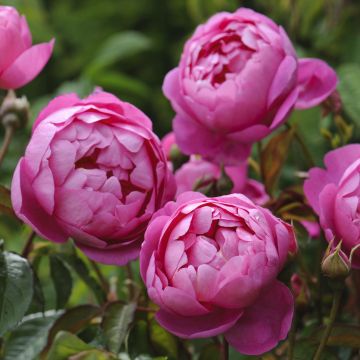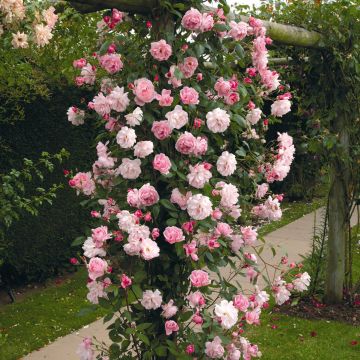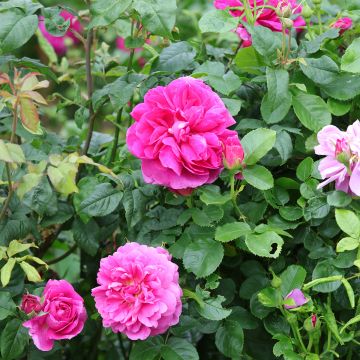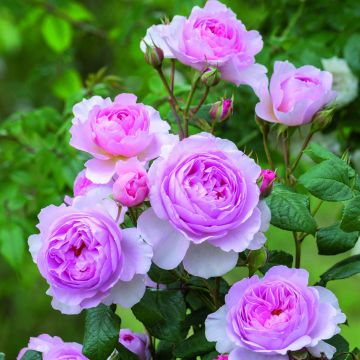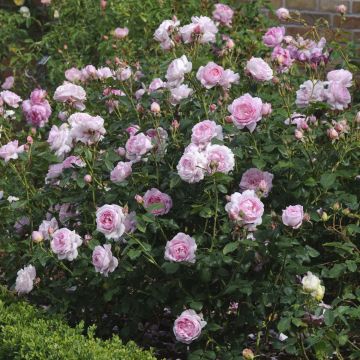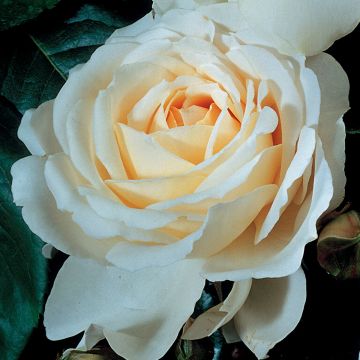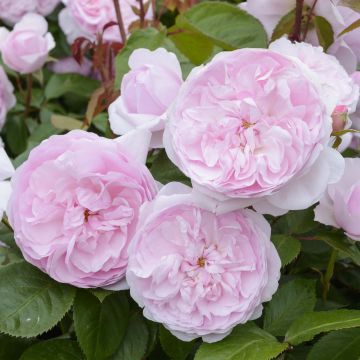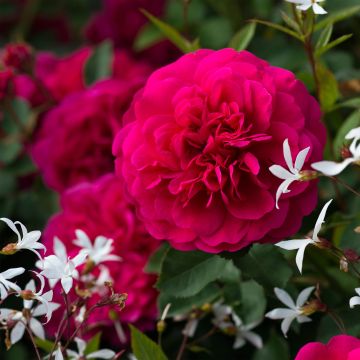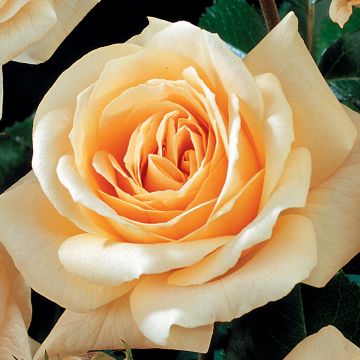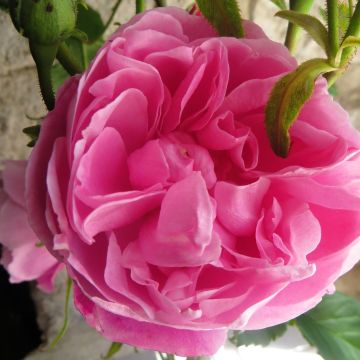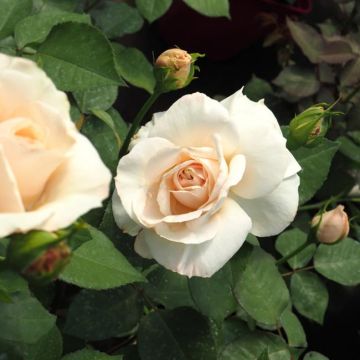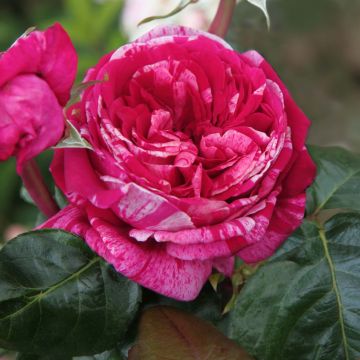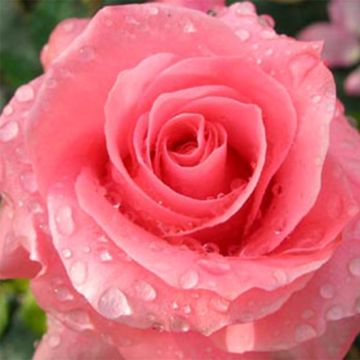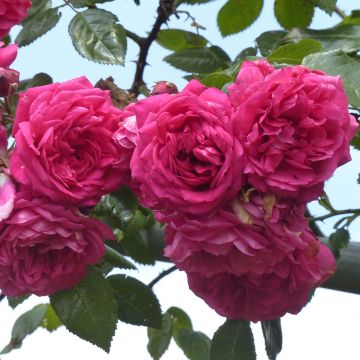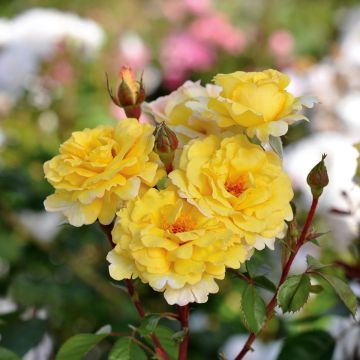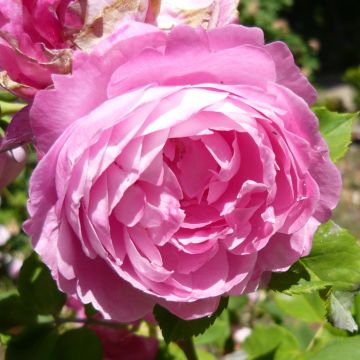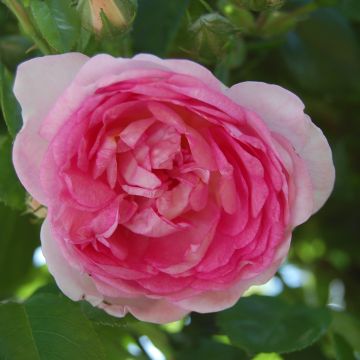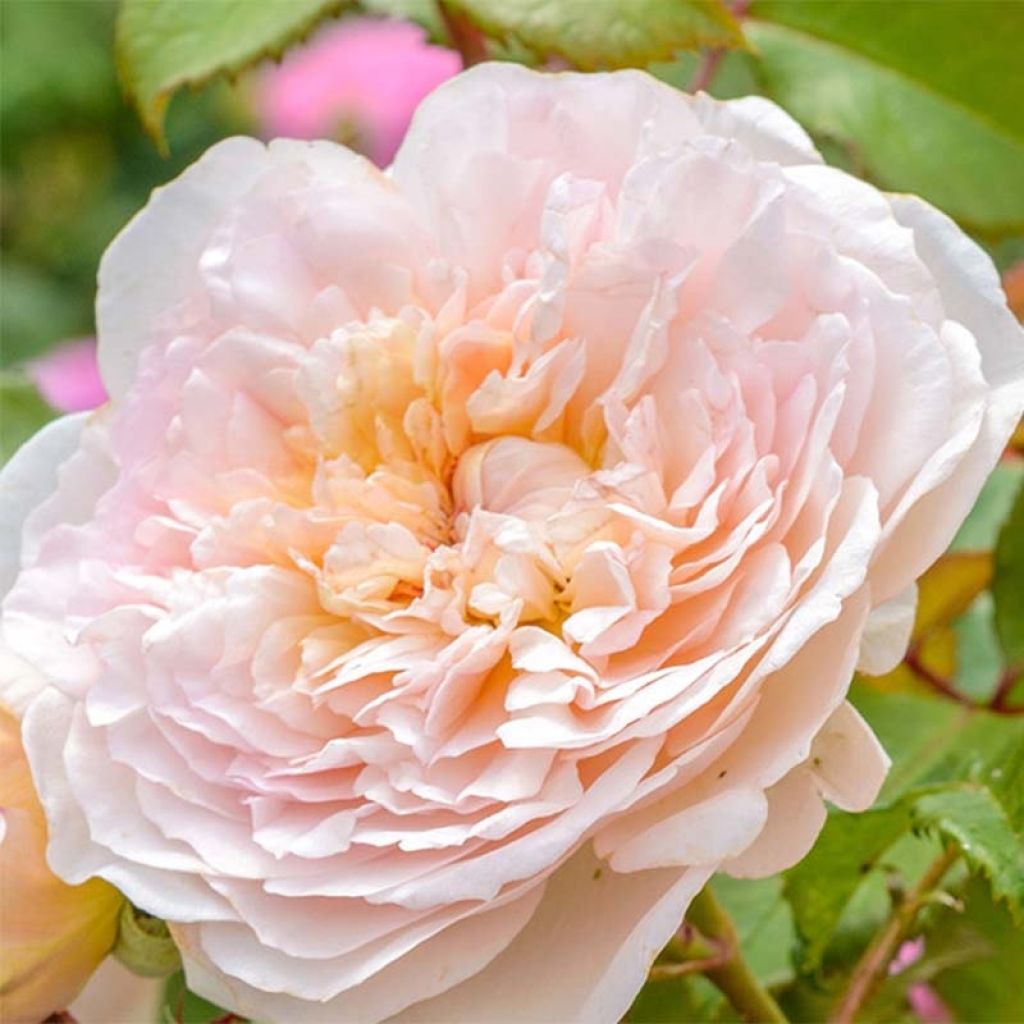

Rosa 'Emily Brontë' - English Rose
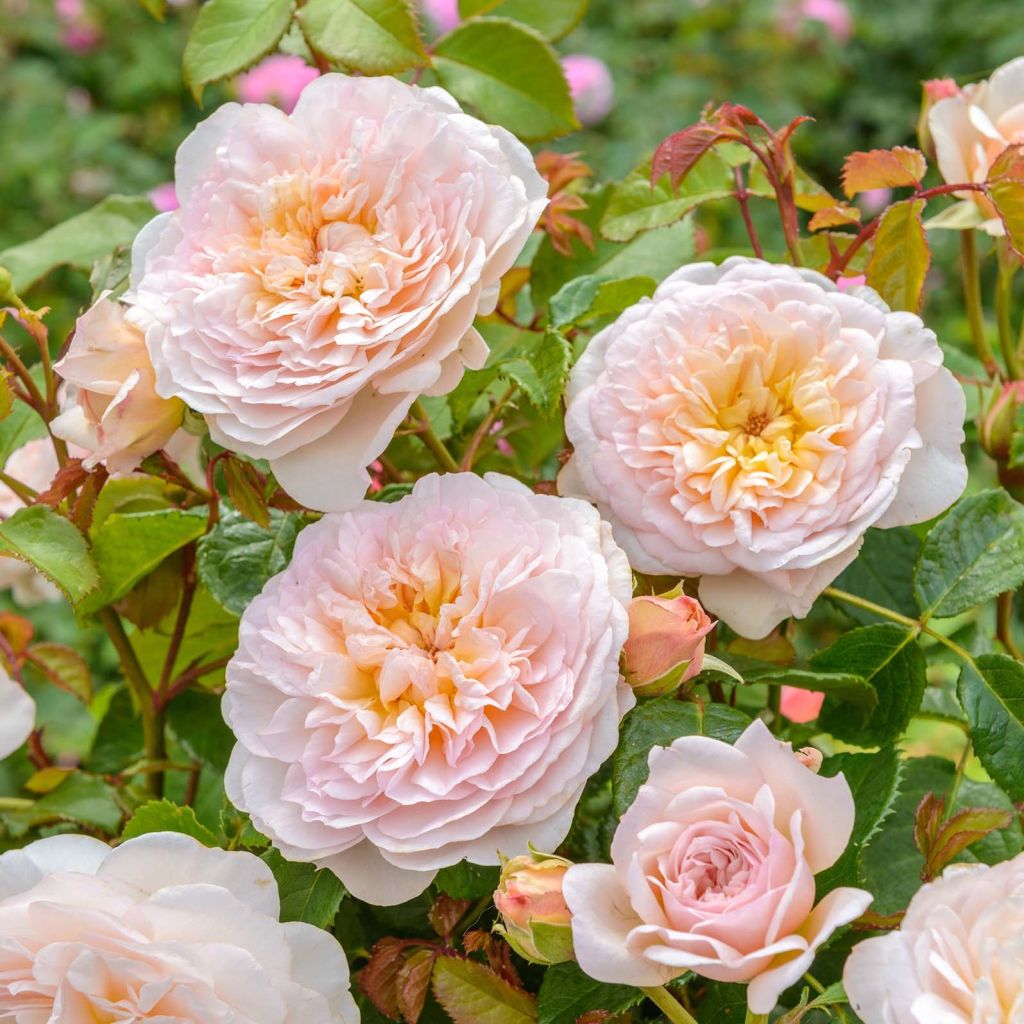

Rosa 'Emily Brontë' - English Rose
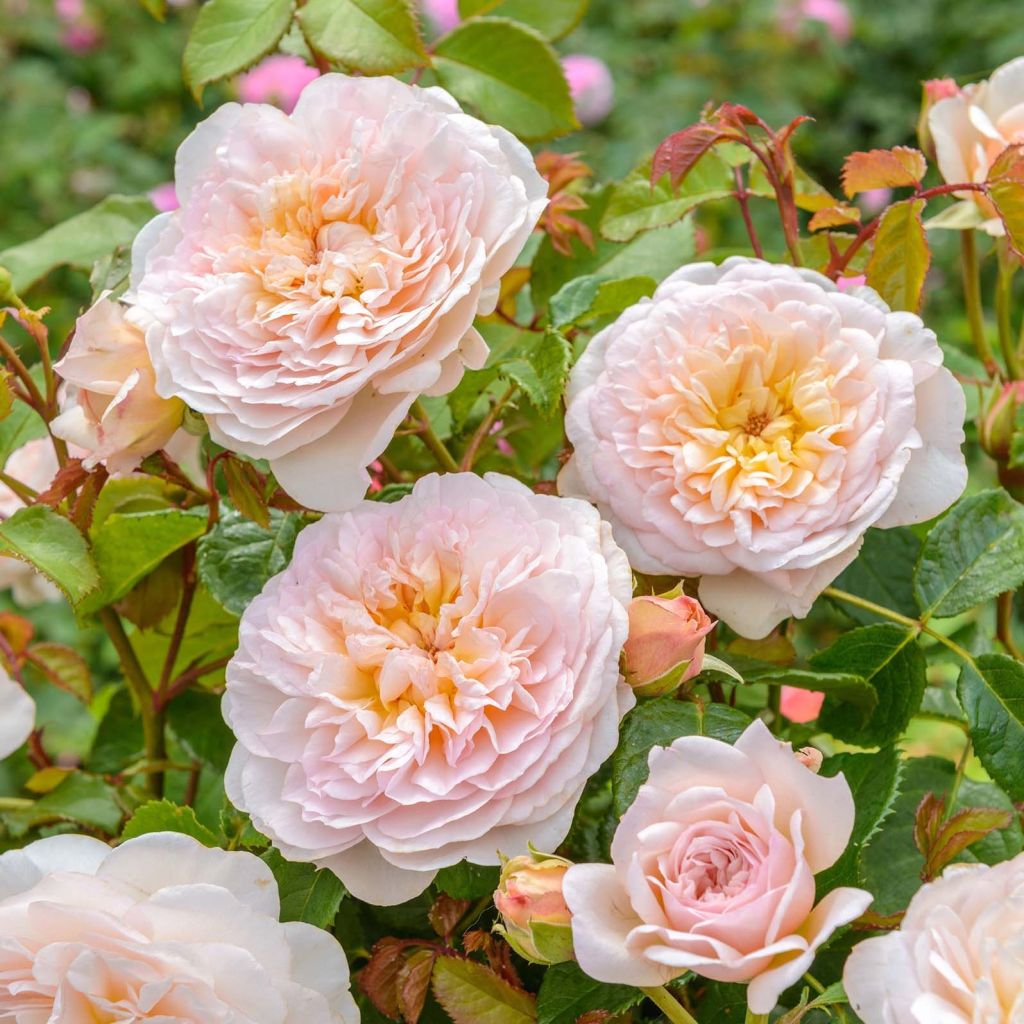

Rosa 'Emily Brontë' - English Rose
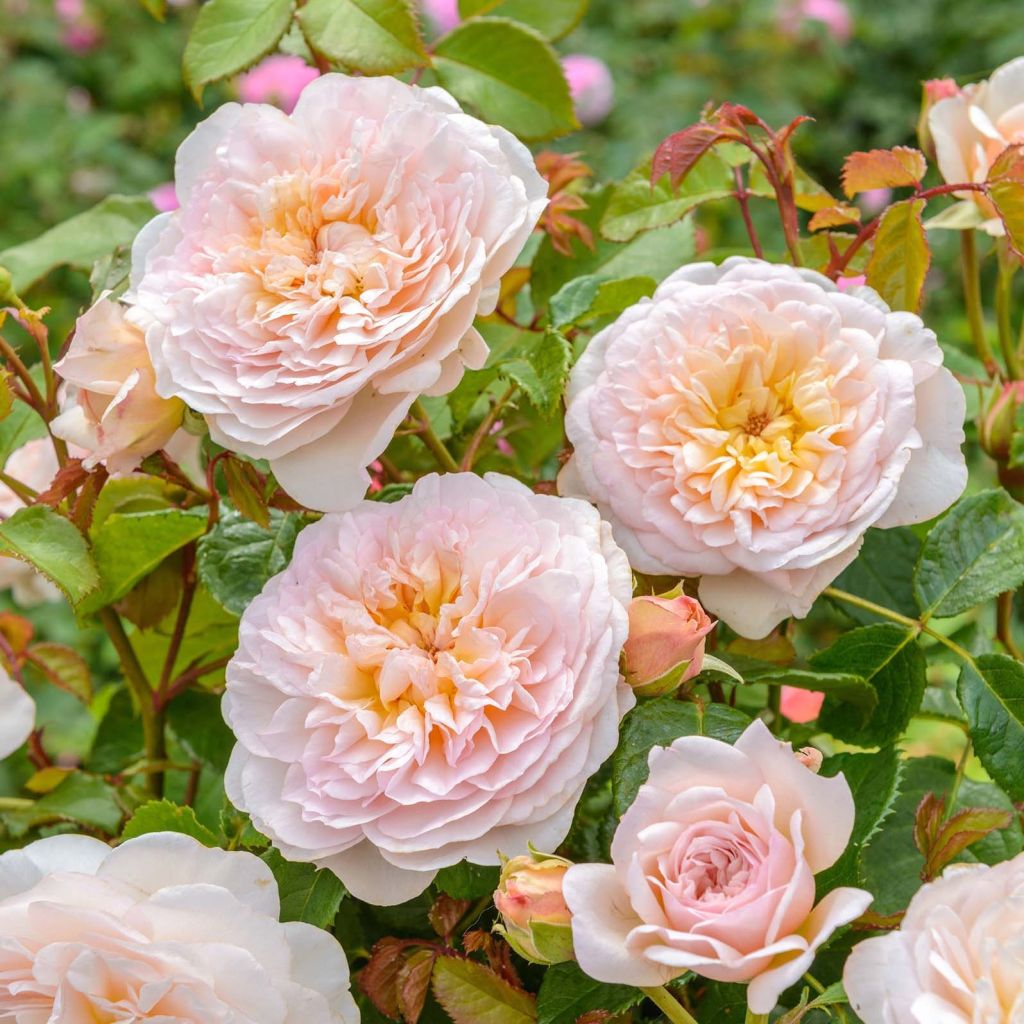

Rosa 'Emily Brontë' - English Rose
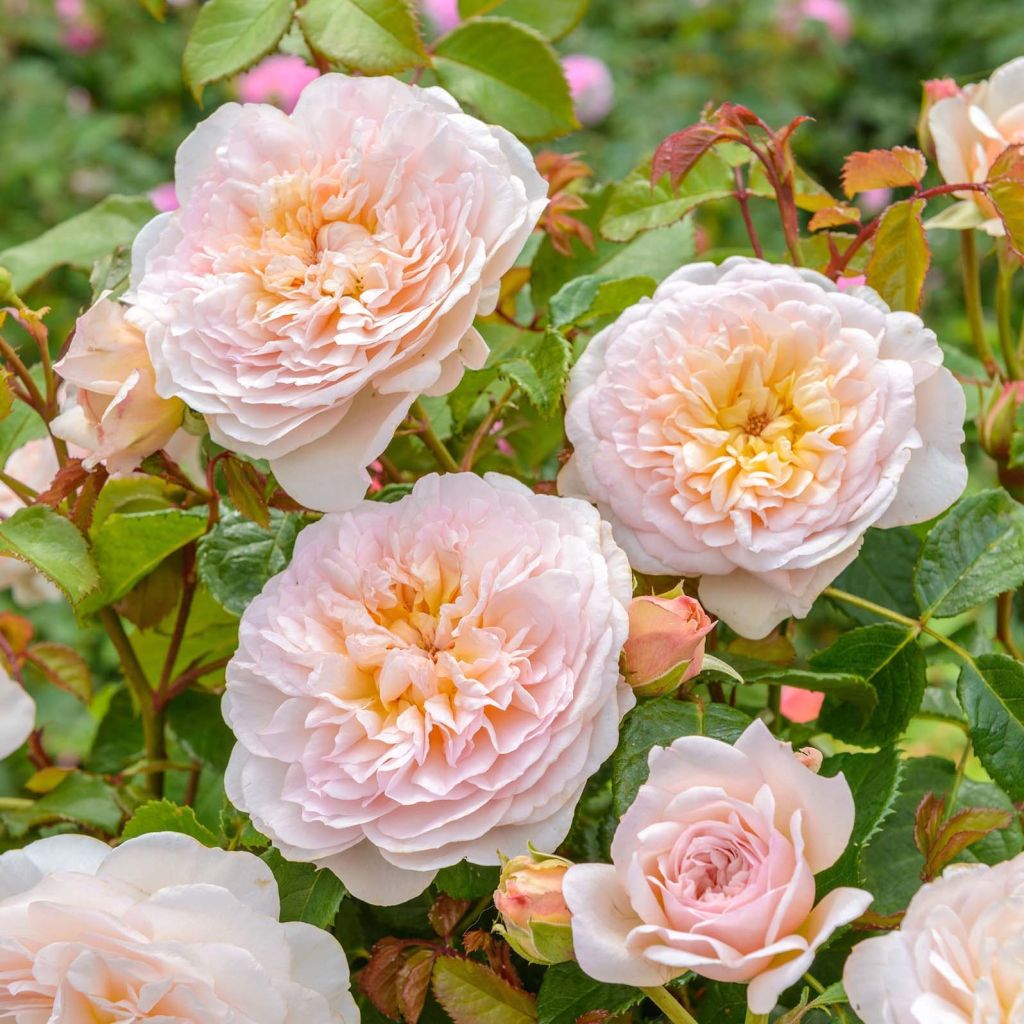

Rosa 'Emily Brontë' - English Rose
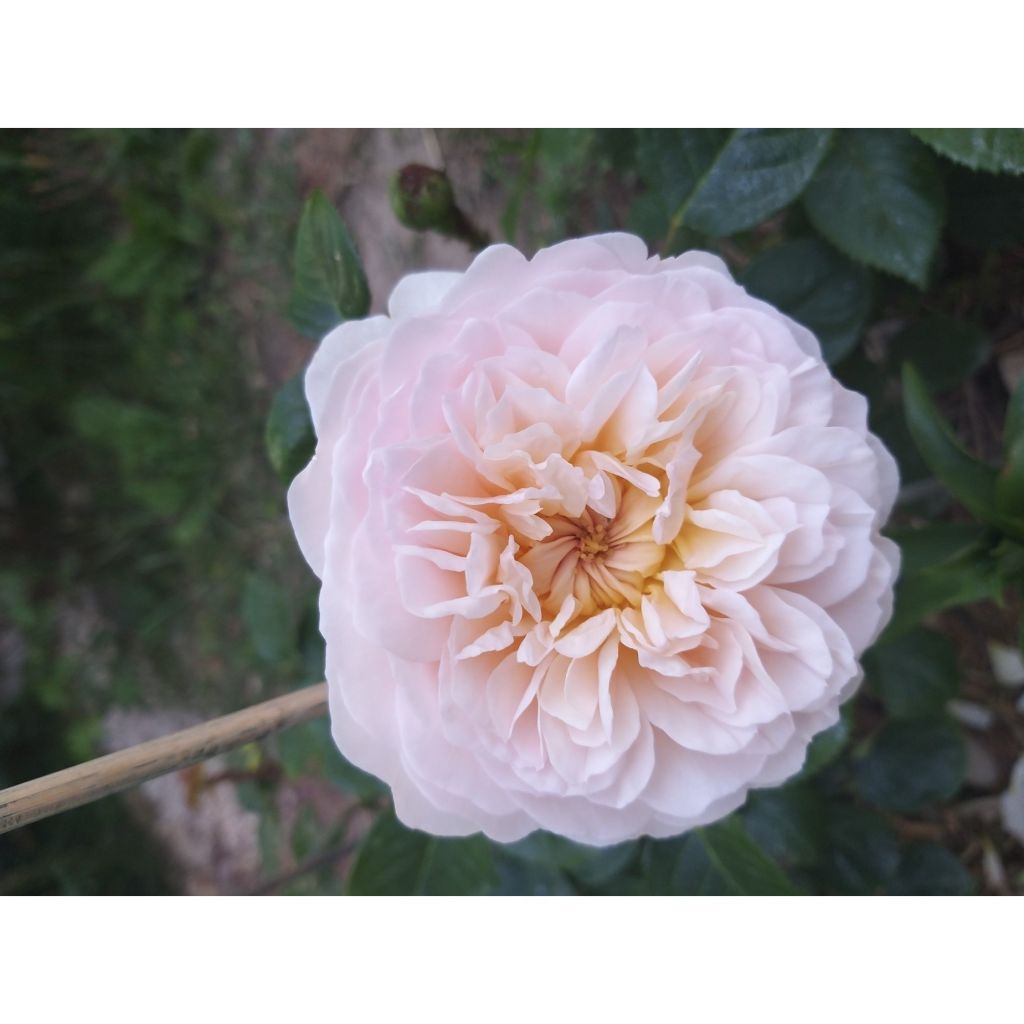

Rosa 'Emily Brontë' - English Rose
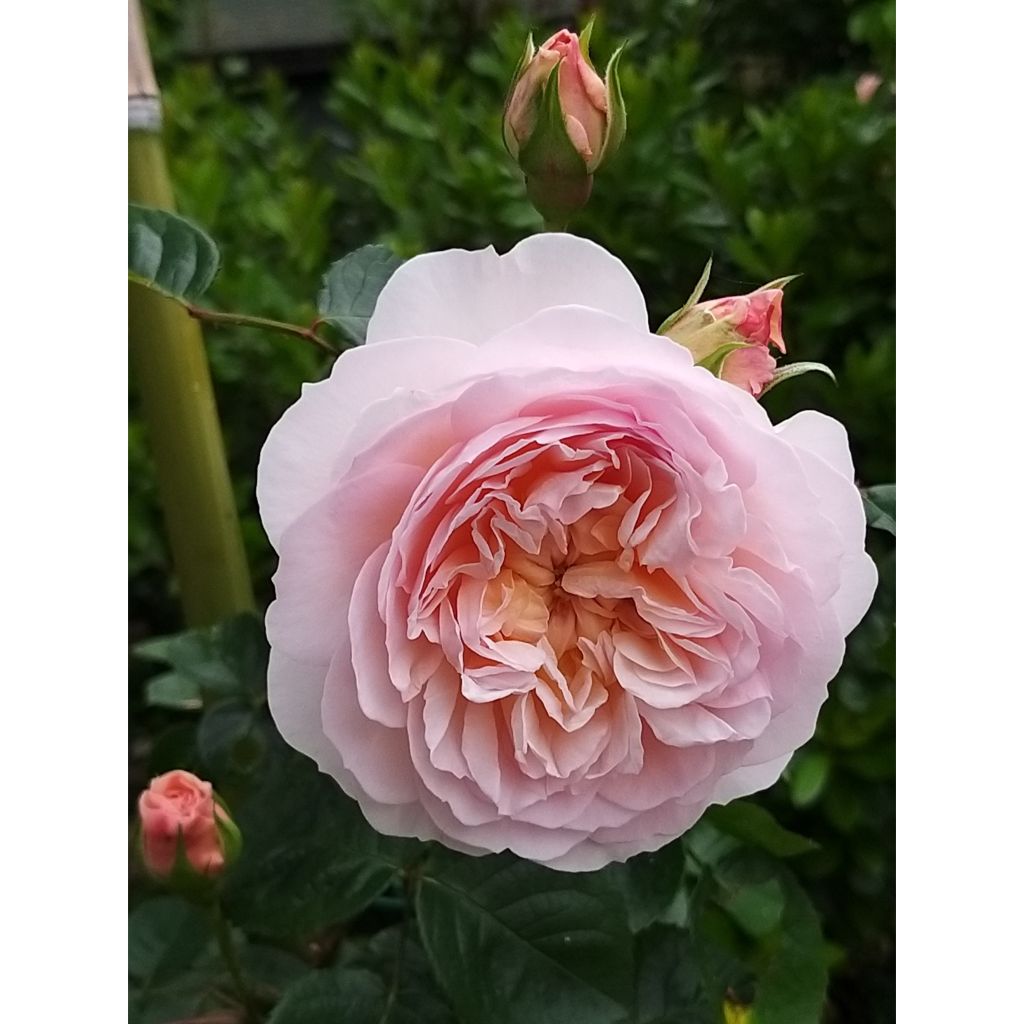

Rosa 'Emily Brontë' - English Rose
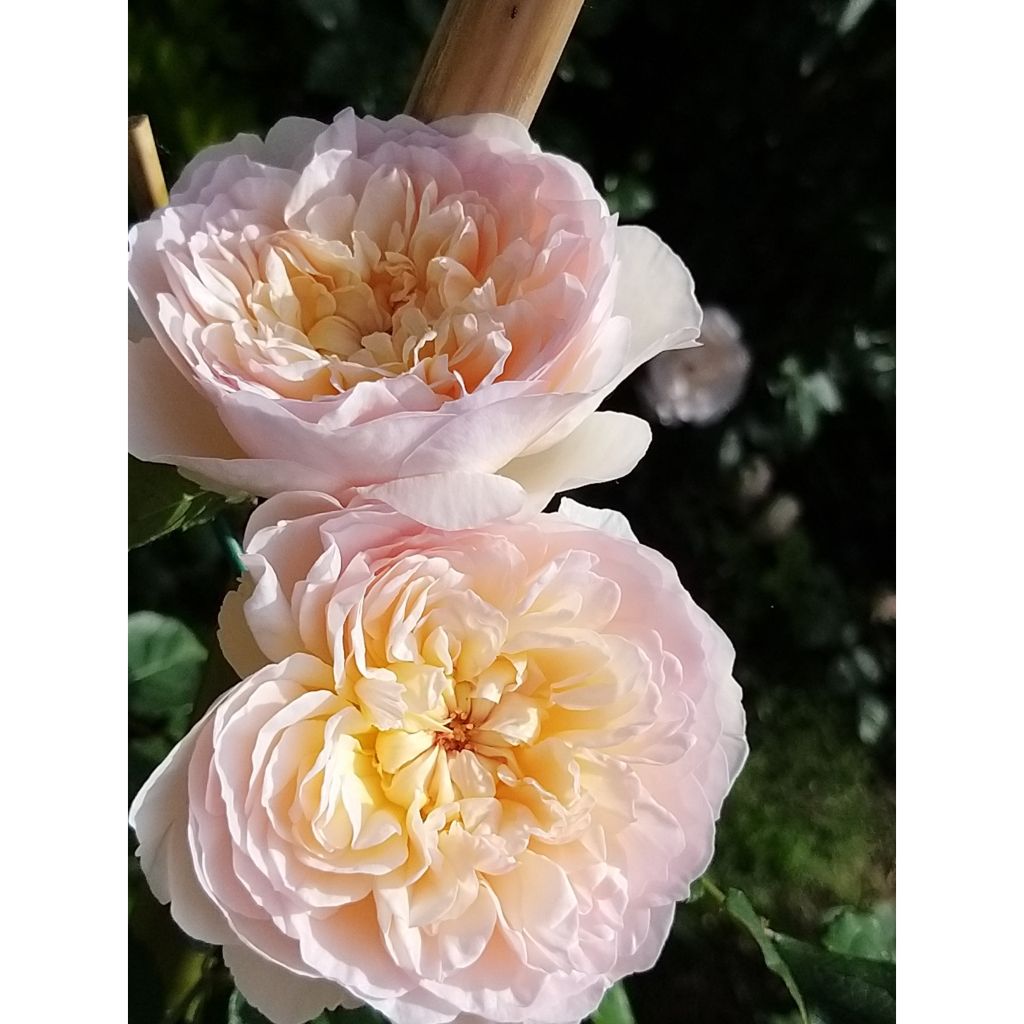

Rosa 'Emily Brontë' - English Rose
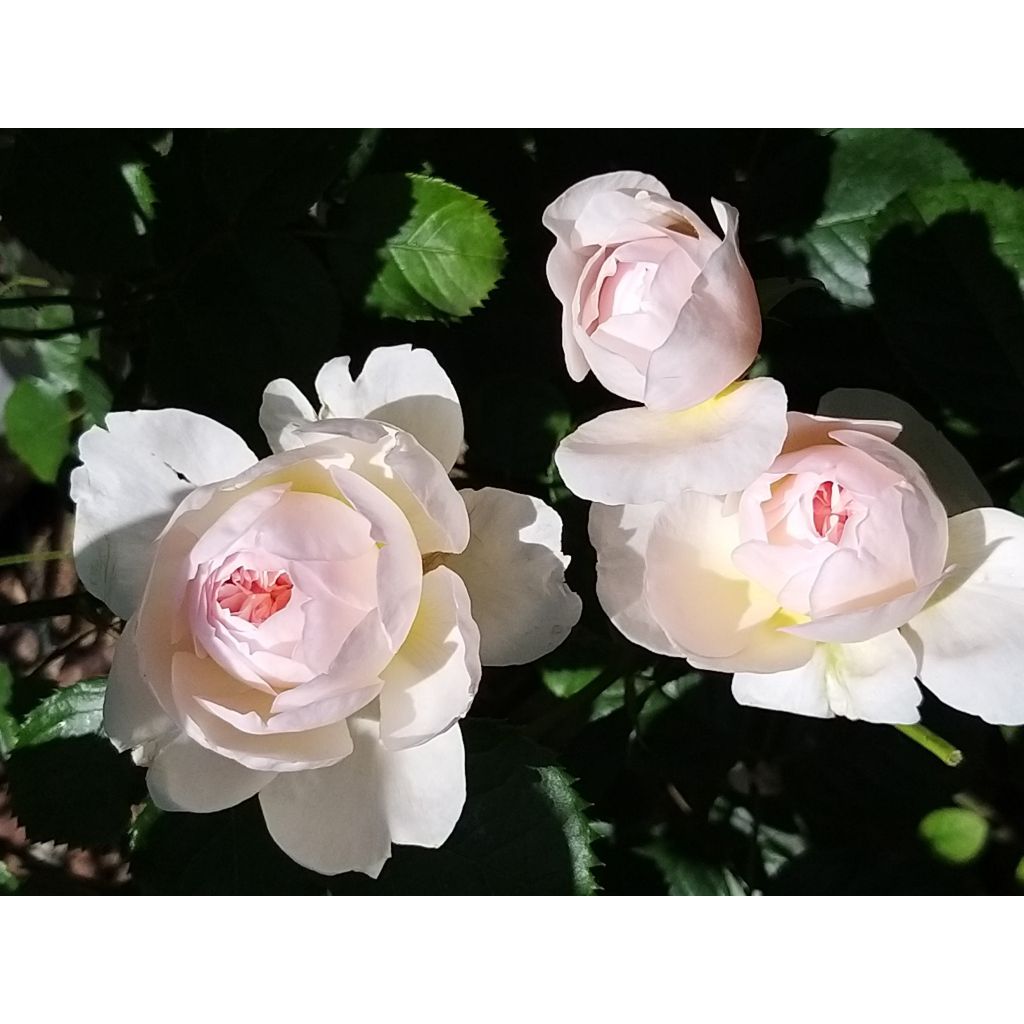

Rosa 'Emily Brontë' - English Rose
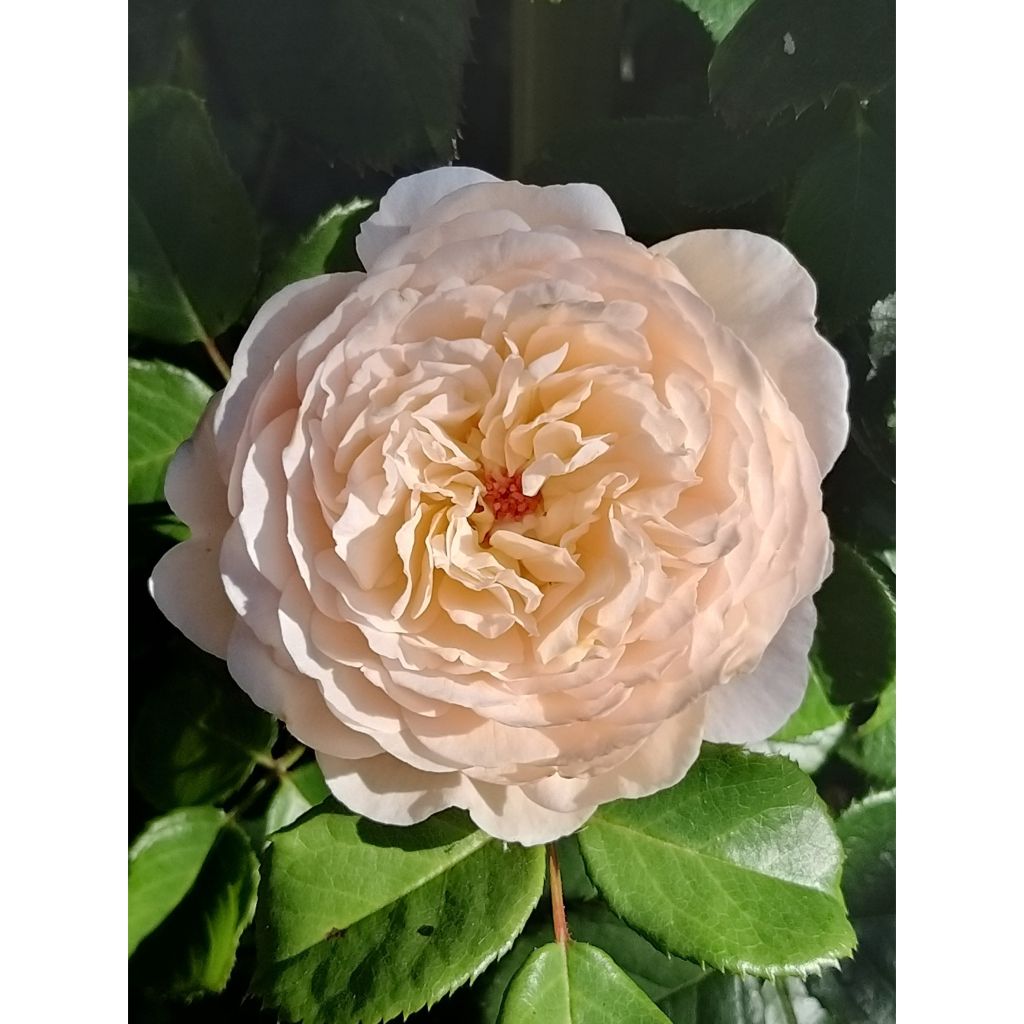

Rosa 'Emily Brontë' - English Rose
Rosa 'Emily Brontë' - English Rose
Rosa Emily Brontë® Ausearnshaw
Ausearnshaw
Why not try an alternative variety in stock?
View all →This plant carries a 24 months recovery warranty
More information
We guarantee the quality of our plants for a full growing cycle, and will replace at our expense any plant that fails to recover under normal climatic and planting conditions.
From €5.90 for pickup delivery and €6.90 for home delivery
Express home delivery from €8.90.
From €5.90 for pickup delivery and €6.90 for home delivery
Express home delivery from €8.90.
Delivery to Corse prohibited: UE law prohibits the import of this plant from mainland France to Corse as part of the fight against Xylella fastidiosa. Please accept our sincere apologies.
More information
Does this plant fit my garden?
Set up your Plantfit profile →
Description
The English rose 'Emily Brontë', with its wildly romantic flowers, pays tribute in the most beautiful way to the talented, passionate, and solitary English novelist and poet. On a vigorous bush with healthy, dense, and upright growth, numerous and delightful characteristic roses bloom in regular and flattened rosettes like some dahlias, opening to reveal a small carnation of petals. Their colour is a soft blend of pink and apricot, and their fragrance is a concoction of tea rose old rose, and rustic notes. This rose blooms in successive waves from June to October. Excellent in borders or hedges, it also provides very beautiful flowers for bouquets.
This English rose is part of the latest introductions by the famous rose breeder David Austin. With style quite different from the classic English rose this variety caused a sensation at the 2018 Chelsea Flower Show. 'Emily Brontë' will form a tall bush or a rounded bushy shrub, reaching an average height of 1.50m (5ft) and a width of 90cm (35in) to 1.25m (4ft). Its rapid and vigorous growth, and its graceful stems are covered with abundant light green foliage less susceptible to diseases under appropriate growing conditions. The young shoots are purplish to coppery, harmonizing with the warm tone of the flowers. The deciduous foliage falls in autumn. On this repeat-flowering bush, the pretty light pink buds open very gradually to form a flat cup-shaped flower, well double, perfectly arranged, of medium size. Each is composed of many pale pink petals opening around a heart of smaller petals with a more apricot hue, adorned with a small central bud, revealing a lovely bouquet of golden stamens. In this role, the flowering takes the form of panicles, that is, clusters of 3 to 5 flowers. Their fragrance initially evokes that of tea roses, then evolves into a powerful scent of old roses with hints of lemon and grapefruit. It will be more noticeable in calm and warm weather.
The Emily Brontë rose, endowed with singular beauty, is a variety ideally suited for romantic spots in the garden, in the company of blue, white, or even mauve flowers. Accompany it with annual delphiniums, perennial flax, perennial geraniums, or white foxgloves. It will also bring a very floral touch to perennial borders and thrive in a large shrub border or a flowering hedge. Roses go perfectly with nepetas, campanulas, paniculate baby's breath, and herbaceous or climbing clematis. Finally, you can plant it in front of taller shrubs or roses and use it to fill the base of a small tree that it will adorn with great charm.
Bred by David Austin in 1970. Commissioned by David Austin to commemorate the bicentenary of Emily Brontë's birth.
Report an error about the product description
Rosa 'Emily Brontë' - English Rose in pictures
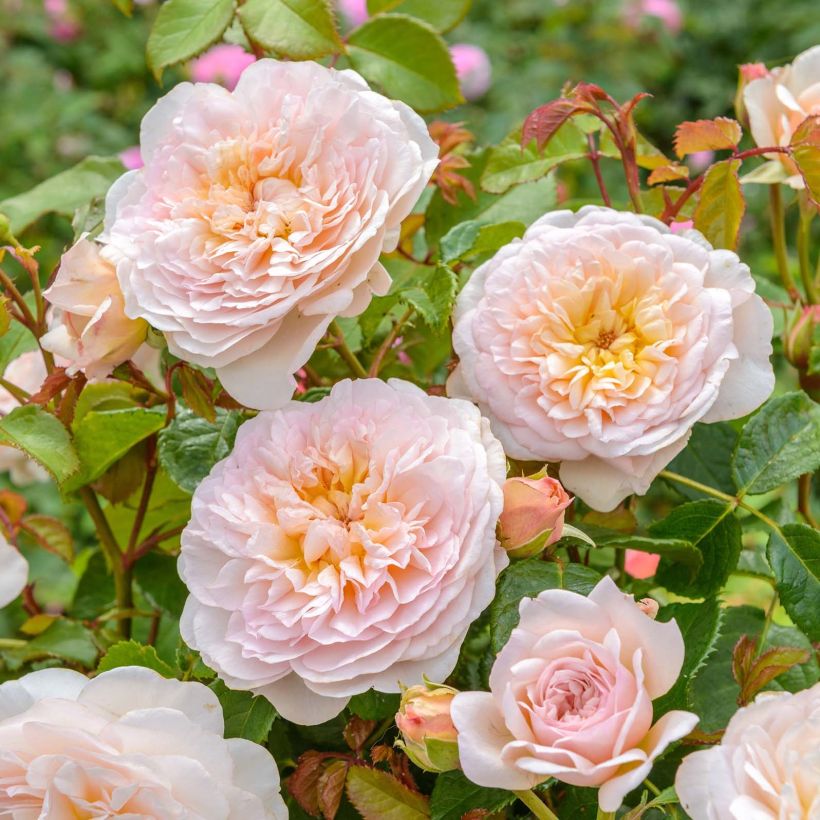

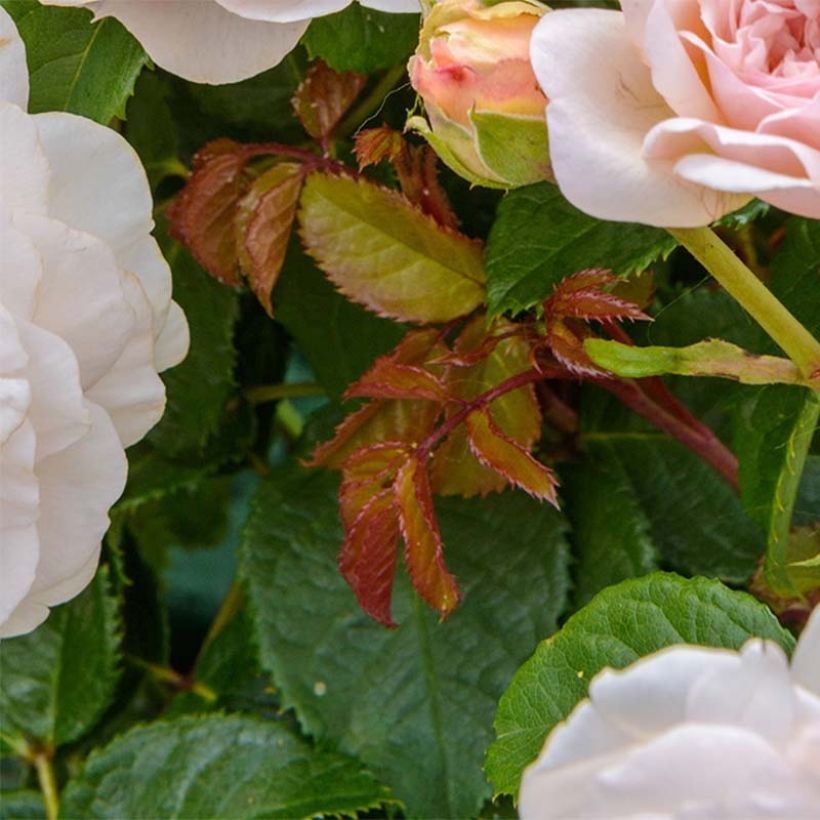

Plant habit
Flowering
Foliage
Botanical data
Rosa
Emily Brontë® Ausearnshaw
Rosaceae
Ausearnshaw
Cultivar or hybrid
Rosa canina Laxa (4L/5L pot, Wrapped bare root)
Other David Austin Roses
Planting and care
Plant your English rose in a location with ample sunlight or lightly shaded. English roses are tolerant to different soil types but do not thrive in soil with excessive limestone. These roses can grow in any garden if the soil is well-worked, not too heavy, and rich enough. To plant your rose, crumble the soil and add an amendment, such as blood, fish and bone, to the bottom of the planting hole. After planting, water generously to remove any pockets of air, and regularly for the first few weeks to help with rooting.
Pruning English roses is essential for better flowering. At the end of winter, in February-March, shorten the branches to 3-5 buds above the ground (at the lowest), choosing an outward-facing bud for a more elegant look. While pruning, remove any dead wood and unsightly branches. Make sure to prune at a slant above a bud. As the flowers bloom, remove faded flowers to stimulate the development of other buds.
For climbing roses, it is recommended to prune the branches that bloomed in the previous year to 3 or 4 buds or to prune them to 15cm (6in) in length. Tie the new sturdy branches and remove any old branches if necessary. When choosing a bud for pruning, go for an outward-facing one to give your roses an elegant shape. This is also a good opportunity to remove any dead wood and unsightly branches. When making the cut, be sure to do so at a slant above a bud. As the flowers bloom, remove any faded blooms to encourage the development of other buds.
Roses often have stains or may look unsightly towards the end of summer. However, this is not a problem for their development. These stains are natural and do not harm the rose.
Planting period
Intended location
Care
-
, onOrder confirmed
Reply from on Promesse de fleurs
Fragrant Roses
Haven't found what you were looking for?
Hardiness is the lowest winter temperature a plant can endure without suffering serious damage or even dying. However, hardiness is affected by location (a sheltered area, such as a patio), protection (winter cover) and soil type (hardiness is improved by well-drained soil).

Photo Sharing Terms & Conditions
In order to encourage gardeners to interact and share their experiences, Promesse de fleurs offers various media enabling content to be uploaded onto its Site - in particular via the ‘Photo sharing’ module.
The User agrees to refrain from:
- Posting any content that is illegal, prejudicial, insulting, racist, inciteful to hatred, revisionist, contrary to public decency, that infringes on privacy or on the privacy rights of third parties, in particular the publicity rights of persons and goods, intellectual property rights, or the right to privacy.
- Submitting content on behalf of a third party;
- Impersonate the identity of a third party and/or publish any personal information about a third party;
In general, the User undertakes to refrain from any unethical behaviour.
All Content (in particular text, comments, files, images, photos, videos, creative works, etc.), which may be subject to property or intellectual property rights, image or other private rights, shall remain the property of the User, subject to the limited rights granted by the terms of the licence granted by Promesse de fleurs as stated below. Users are at liberty to publish or not to publish such Content on the Site, notably via the ‘Photo Sharing’ facility, and accept that this Content shall be made public and freely accessible, notably on the Internet.
Users further acknowledge, undertake to have ,and guarantee that they hold all necessary rights and permissions to publish such material on the Site, in particular with regard to the legislation in force pertaining to any privacy, property, intellectual property, image, or contractual rights, or rights of any other nature. By publishing such Content on the Site, Users acknowledge accepting full liability as publishers of the Content within the meaning of the law, and grant Promesse de fleurs, free of charge, an inclusive, worldwide licence for the said Content for the entire duration of its publication, including all reproduction, representation, up/downloading, displaying, performing, transmission, and storage rights.
Users also grant permission for their name to be linked to the Content and accept that this link may not always be made available.
By engaging in posting material, Users consent to their Content becoming automatically accessible on the Internet, in particular on other sites and/or blogs and/or web pages of the Promesse de fleurs site, including in particular social pages and the Promesse de fleurs catalogue.
Users may secure the removal of entrusted content free of charge by issuing a simple request via our contact form.
The flowering period indicated on our website applies to countries and regions located in USDA zone 8 (France, the United Kingdom, Ireland, the Netherlands, etc.)
It will vary according to where you live:
- In zones 9 to 10 (Italy, Spain, Greece, etc.), flowering will occur about 2 to 4 weeks earlier.
- In zones 6 to 7 (Germany, Poland, Slovenia, and lower mountainous regions), flowering will be delayed by 2 to 3 weeks.
- In zone 5 (Central Europe, Scandinavia), blooming will be delayed by 3 to 5 weeks.
In temperate climates, pruning of spring-flowering shrubs (forsythia, spireas, etc.) should be done just after flowering.
Pruning of summer-flowering shrubs (Indian Lilac, Perovskia, etc.) can be done in winter or spring.
In cold regions as well as with frost-sensitive plants, avoid pruning too early when severe frosts may still occur.
The planting period indicated on our website applies to countries and regions located in USDA zone 8 (France, United Kingdom, Ireland, Netherlands).
It will vary according to where you live:
- In Mediterranean zones (Marseille, Madrid, Milan, etc.), autumn and winter are the best planting periods.
- In continental zones (Strasbourg, Munich, Vienna, etc.), delay planting by 2 to 3 weeks in spring and bring it forward by 2 to 4 weeks in autumn.
- In mountainous regions (the Alps, Pyrenees, Carpathians, etc.), it is best to plant in late spring (May-June) or late summer (August-September).
The harvesting period indicated on our website applies to countries and regions in USDA zone 8 (France, England, Ireland, the Netherlands).
In colder areas (Scandinavia, Poland, Austria...) fruit and vegetable harvests are likely to be delayed by 3-4 weeks.
In warmer areas (Italy, Spain, Greece, etc.), harvesting will probably take place earlier, depending on weather conditions.
The sowing periods indicated on our website apply to countries and regions within USDA Zone 8 (France, UK, Ireland, Netherlands).
In colder areas (Scandinavia, Poland, Austria...), delay any outdoor sowing by 3-4 weeks, or sow under glass.
In warmer climes (Italy, Spain, Greece, etc.), bring outdoor sowing forward by a few weeks.

































